How to choose a technology that has a future
As you build your career, you must make choices. One of the most difficult choices to make is in deciding which technologies to invest in. It is not unusual to see consultants who have invested years of their lives in a technology that will eventually be abandoned by the market or its designer. It is virtually impossible to predict the future at this level and the best strategy is to learn how to learn, and be a programmer, regardless of the technology or language. Above all it is always better to invest in things you enjoy doing. On the other hand there are simple ways to get an idea of what is in demand right now and act accordingly. Simply check for the skills that companies are currently seeking. The law of supply and demand – get it?
One effective method to get answers is to go on large sites offering jobs such as jobserve.com. At the time of writing this post, joberve.com offers no less than 14.626 jobs in IT, just for the United Kingdom! If you add other countries like the United States, France or Germany, the figure explodes. The ideal is to use a site that is popular in your region or country.
Browsing the latest offers of employment will give you a pretty good idea of what is being sought. The more criteria you add, the more accurate will be your answer. So if you can only work in the London area, there is no need to search in San Francisco. It is pretty obvious, the nature of IT projects developed in these two cities can be very different.
This research can be tedious. Fortunately, another site that offers jobs provides a faster way to determine the technology application, but at some cost. This is Careers 2.0 by StackOverflow and has an amazing technology tag feature.
I was able to obtain figures in under 5 minutes using the following technique: I created a sheet in my favorite spreadsheet. I typed each tag that I found, one after the other – for the latest 25 bids only (1 page) initially. I then aggregated the occurrences and found myself with a list of technologies and the number of times each was mentioned overall. The following result is for the latest 25 or 50 job offers near London (occurrences are in % for comparison).
I compared 25 to 50 because it is well known that the more data you have, the more accurate the result you have. With the 25 latest job offers, I got a total of 120 tags, reduced to 56 after aggregation. When I took the latest 50 job offers, I got 235 tags reduced to 89 after aggregation. You can immediately see without having to do much calculation that the latest 25 job offers is more than sufficient. Adding more offers did not change the result significantly, keeping a satisfactory validity for our purpose: having some indication of what is in demand.
Now that we have our results for Careers 2.0, can we generalize them (external validity)?
Of course not! And this is the main issue. There is an obvious website bias involved. Careers 2.0 provides us with a convenient way to test technologies thanks to their amazing tagging system, but companies posting on it are not representative. It has only 83 job offers for the London area at the time of the test (12th of July 2012). Jobserve.com on the other hand has 8,657 jobs available for the same criteria.
Careers 2.0 is growing fast, so we can expect that in a few years it will be the reference for programmer’s job vacancies and will provide more accurate data. For now, use them as an indication and nothing more. Until then, be sure to develop your ability to learn and give priority to technologies you love working with rather than just the ones that are currently in demand. Success almost guaranteed!





 Very often the developers or company you hire decide to use a custom framework or library they have written. Verify it is acceptable to you. Sometimes the development shop will give you full rights on the code they wrote specifically for you but not for their libraries. This is problematic. You have a huge problem if you are so dependent on them that changing trivial things in the application requires you to hire the same development shop. It’s not only about legal stuff, but also the potential complexity of the code that they wrote that makes it impossible for the standard developer to understand. Keeping the potential to continue your project without them is a really important choice that you will want to keep.
Very often the developers or company you hire decide to use a custom framework or library they have written. Verify it is acceptable to you. Sometimes the development shop will give you full rights on the code they wrote specifically for you but not for their libraries. This is problematic. You have a huge problem if you are so dependent on them that changing trivial things in the application requires you to hire the same development shop. It’s not only about legal stuff, but also the potential complexity of the code that they wrote that makes it impossible for the standard developer to understand. Keeping the potential to continue your project without them is a really important choice that you will want to keep. You don’t want to discover at the end of the project the code did not meet your quality standards, eg missing comments, missing or poor documentation, poor coding practices, etc. Reviewing the work frequently will allow you to give feedback early in the development phase. Reviewing frequently is also the most effective way to adjust any misunderstandings of your specifications. Each review gives you the opportunity to clarify requirements.
You don’t want to discover at the end of the project the code did not meet your quality standards, eg missing comments, missing or poor documentation, poor coding practices, etc. Reviewing the work frequently will allow you to give feedback early in the development phase. Reviewing frequently is also the most effective way to adjust any misunderstandings of your specifications. Each review gives you the opportunity to clarify requirements. Before I give a bigger project to a provider, I test them with one or two smaller ones. I also try to give specific projects to specific providers that have performed well in the past on similar stuff. For example, I outsourced few web design jobs to a provider through a well known offshoring platform and now I work with him directly by email because I know he will perform really well.
Before I give a bigger project to a provider, I test them with one or two smaller ones. I also try to give specific projects to specific providers that have performed well in the past on similar stuff. For example, I outsourced few web design jobs to a provider through a well known offshoring platform and now I work with him directly by email because I know he will perform really well.

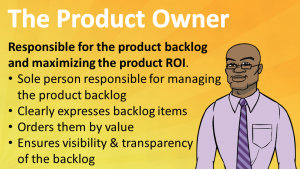



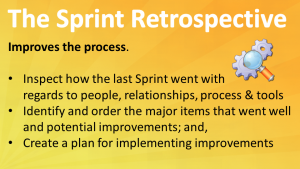
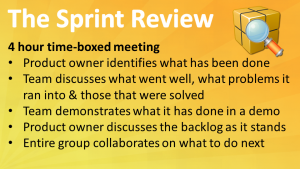
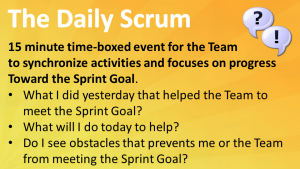
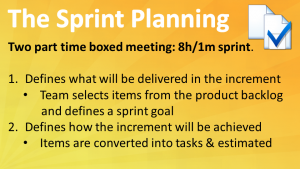
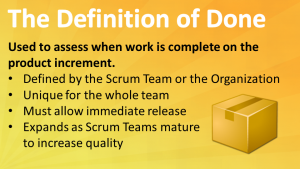
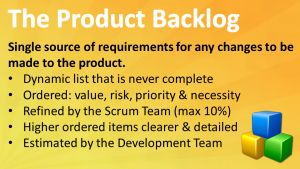


Recent Comments